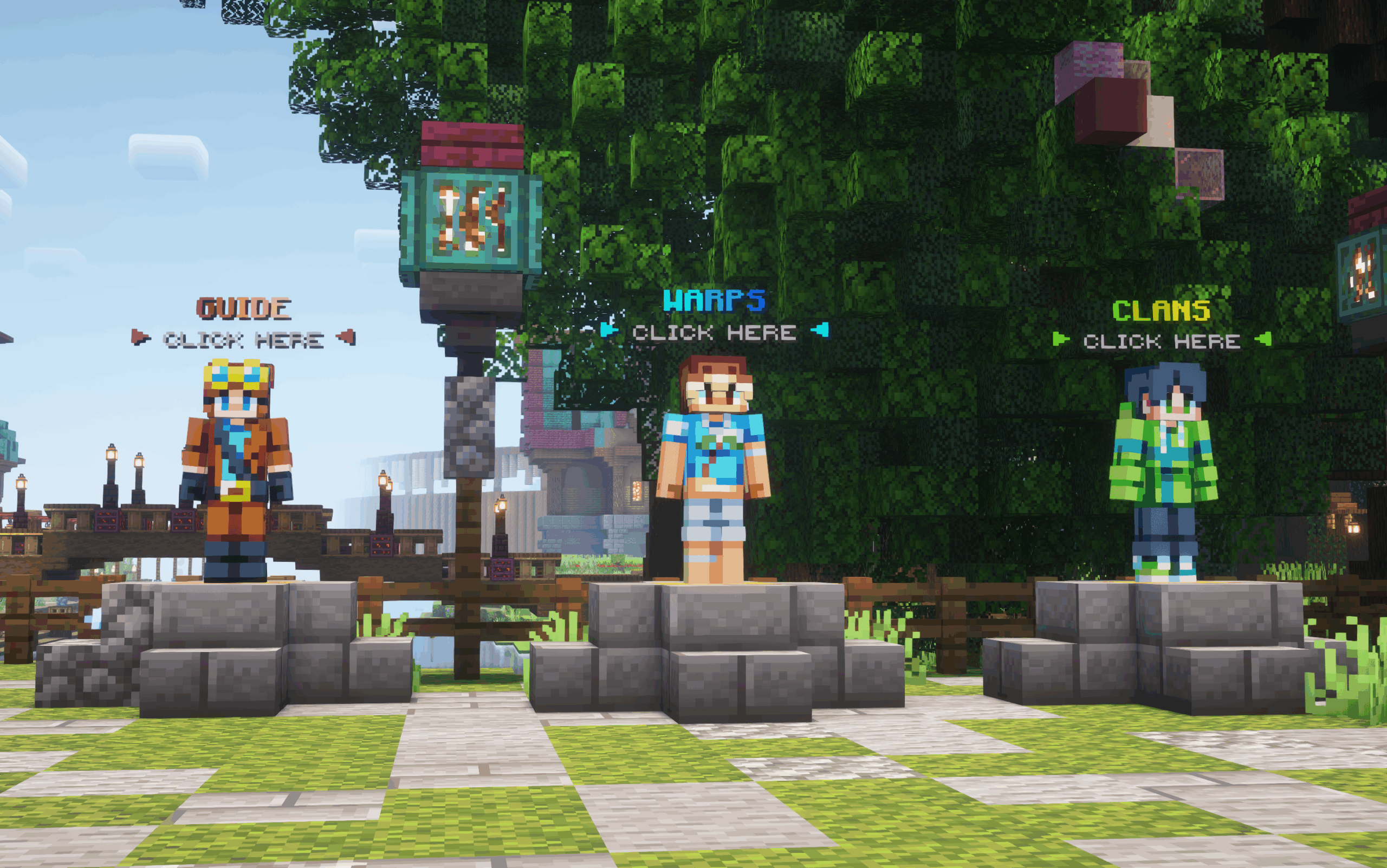Over the past few months, on and off, I’ve been working on a project to bring some friends together by hosting a Minecraft server. The server was originally finished back in March, but after I started experimenting with other web services, something broke behind the scenes. But I didn’t want to leave it hanging, so after some recent troubleshooting, the issue is fixed and the server is officially back online.
How to Join
Java Edition:
IP Address: marcusmontano.com
Port: 25565 (Default)
Bedrock Edition:
IP Address: marcusmontano.com
Port: 19132 (Default)
Alternate Bedrock Method:
In minecraft, go to the friends tab and hit Search For Players and type “JoinMountMC” and hit Add Friend then wait 3 minutes or restart your game. Afterwards go back to the friends tab and join the world that appears.
If on mobile or Windows you can alternatively click [HERE]
The Process
I started by figuring out what web app I wanted to use to manage the server and landed on Crafty Controller. I’d used it before, and it’s powerful which made the decision easy. The only hiccup was that TrueNAS, the operating system I run on my server, doesn’t support Crafty natively. That meant I had to manually create all the container settings and configure the Docker instance myself. [As of June there is now a native CraftyController application.]
If for some reason you’d like to torture yourself and replicate my setup, here’s the only tutorial I could find (and thank God I did). [With the Crafty app now being native in TrueNAS, another another video tutorial was made.]
Once Crafty was set up, I moved on to the actual Minecraft server. I chose Paper, since it’s more optimized than Spigot but still supports the same huge range of plugins.
Because most of my friends play on Bedrock Edition, I had to install GeyserMC and Floodgate for crossplay. I also added ViaVersion and ViaBackwards to support more client versions. And for console players, I installed an extension for Geyser called MCXboxBroadcast, which makes joining on console way easier.
I won’t go into the design and customization of the world here because that would make this page infinitely long. Instead, I invite you to hop on the server and explore it yourself!

Leave a Reply